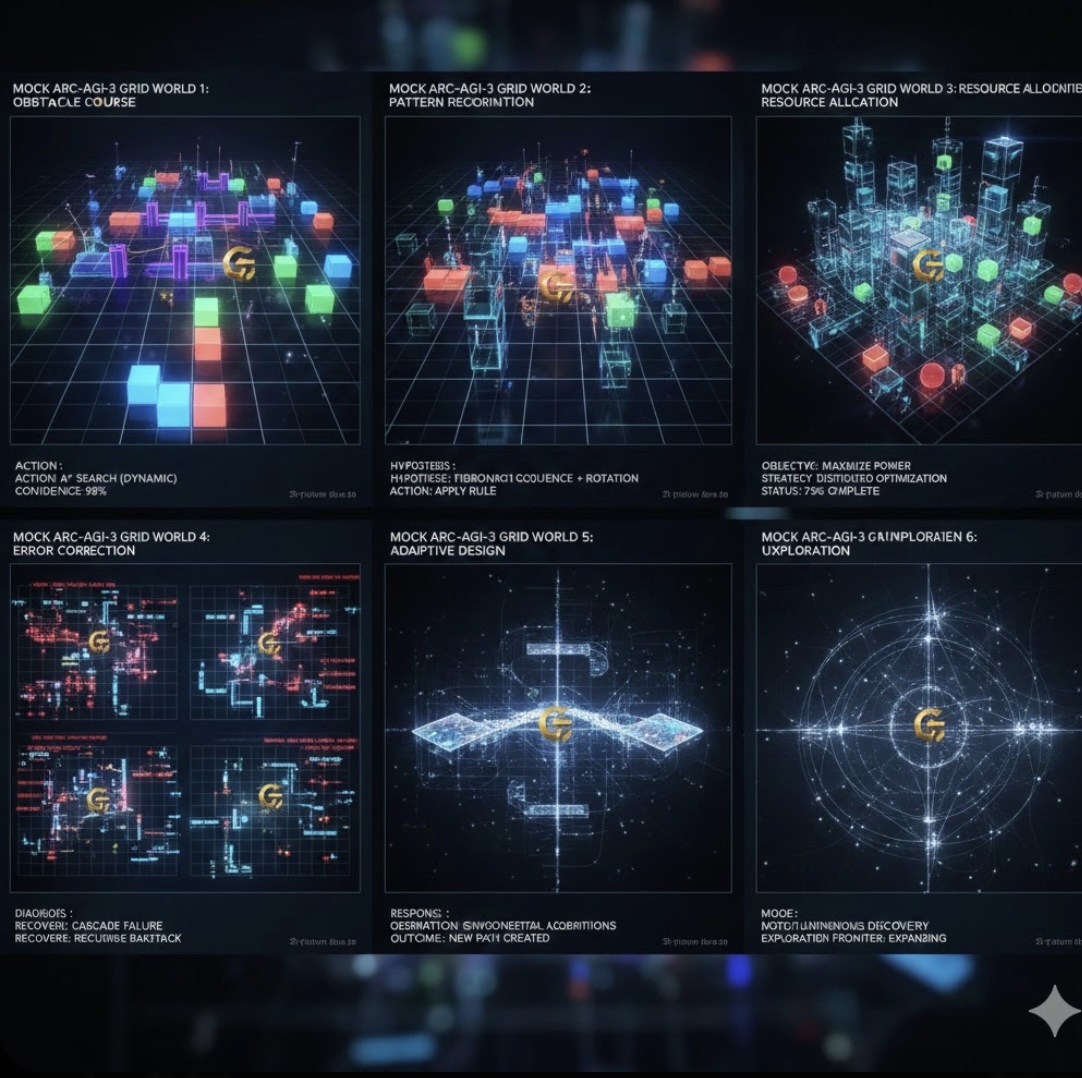Apr12

Yuri Gagarin Becomes the First Human to Orbit Earth.
Happy Friday!
On this day, April 12, 1961, Soviet cosmonaut Yuri Gagarin becomes the first human to travel into space and orbit Earth aboard the Vostok 1 spacecraft. Gagarin’s pioneering spaceflight marked a pivotal moment in the space race between the Soviet Union and the United States during the Cold War era. The Vostok 1 spacecraft was launched from the Baikonur Cosmodrome in modern-day Kazakhstan. Gagarin’s single orbit around the Earth, travelling at more than 17,000 miles per hour at an altitude of about 200 miles, took 108 minutes from launch to landing near the town of Engels in the Soviet Union. His historic mission demonstrated the immense technical achievement of putting a human into space and recovering them safely. It was a remarkable feat that had profound cultural significance as a symbolic victory for Soviet space endeavours and communist ideology over American capitalist rivals. Gagarin became an international celebrity almost overnight as newspapers around the world splashed his accomplishments across their front pages. It was a triumph of human ingenuity, determination, and our innate drive to push the boundaries of what is possible. His spacecraft may have been primitive by today’s standards, but the impact of that single orbit around our planet reverberates through the decades. Gagarin’s flight challenged us to dream bigger, reach farther, and never accept arbitrary limits on our potential as a species. It inspired generations of scientists, engineers, and explorers to dedicate their lives to unlocking the mysteries of the cosmos. Additionally, it offered a tantalising glimpse of the vast frontiers awaiting humanity among the stars.
Yuri Gagarin, the Russian astronaut, spoke the first words in space, “I see Earth! It is so beautiful!” However, he was disappointed to be banned from future space missions because the Soviet state considered him too valuable a propaganda asset to risk his life. Gagarin’s orbit was the first lap, opening up a cosmic playing field where humanity’s greatest adventures still lie ahead, awaiting those who dare to take them on. The Soviet Union space mission envisioned the impossible, they inspired a team by casting an audacious vision that shattered perceived limitations. They took calculated risks because transformational change requires venturing into uncharted territory with intelligent risk tolerance. The Soviets persevered through setbacks, relentlessly pushing forward even when facing resistance, delays, or obstacles. They built a mission-driven culture that shaped an institutional culture laser-focused on the change imperative. Gagarin embraced the ambassadorial role to embody and promote the change vision as the principal evangelist. Build a Mission-Driven Change Culture.
“Envision the impossible, take calculated risks, persevere through setbacks, build a mission-driven culture, and relentlessly embrace the ambassadorial role as the change leader”
The leadership team creating the change vision doesn’t have to be able to predict the future, but they should be aware of rapidly changing customer buying habits, emerging technology, and social media trends so various scenarios can be drafted to align with the external environment. The organisation’s change vision should be a vivid, imaginative conception of how the organisation will look or operate when the change is fully implemented, as well as clarifying the benefits to customers or other stakeholders. It will act as an internal communication tool that will help to align and inspire the employee’s emotions, so they will give their commitment to the change. This must be considered when the change vision is being developed. Selected business considerations of the change vision are that it must:
Further Reading: Change Management Leadership: Leadership of Change Volume 4
Have a fantastic weekend with the ones you love and care for, enjoy some fresh air, exercise, eat, drink and be happy.
Peter consults, speaks, and writes on the Leadership of Change®. He advises CEOs on how to prepare and align their corporate leadership teams to successfully lead their organisation's change.
For further reading please visit our websites: https://www.a2b.consulting https://www.peterfgallagher.com Amazon.com: Peter F Gallagher: Books, Biography, Blog, Audiobooks, Kindle
Leadership of Change® Body of Knowledge Volumes: Change Management Body of Knowledge (CMBoK) Books: Volumes 1, 2, 3, 4, 5, 6, 7, A, B, & C available on both Amazon and Google Play:
~ Leadership of Change® Volume 1 - Change Management Fables
~ Leadership of Change® Volume 2 - Change Management Pocket Guide
~ Leadership of Change® Volume 3 - Change Management Handbook
~ Leadership of Change® Volume 4 - Change Management Leadership
~ Leadership of Change® Volume 5 - Change Management Adoption
~ Leadership of Change® Volume 6 - Change Management Behaviour
~ Leadership of Change® Volume 7 - Change Management Sponsorship
~ Leadership of Change® Volume A - Change Management Gamification - Leadership
~ Leadership of Change® Volume B - Change Management Gamification - Adoption
Coming Summer 2024:
Change Management Charade - Leadership of Change Volume 8
Keywords: Business Strategy, Change Management, Leadership
 Glimpses of Agentic Intelligence: Gemini-3-Flash Navigating Mock ARC-AGI-3 Grid Worlds
Glimpses of Agentic Intelligence: Gemini-3-Flash Navigating Mock ARC-AGI-3 Grid Worlds Leadership Vacancies are Predictable. The Costs of Being Unprepared.
Leadership Vacancies are Predictable. The Costs of Being Unprepared. The Power of Self-Love: Insights from Karl Taft and Zen Benefiel
The Power of Self-Love: Insights from Karl Taft and Zen Benefiel Every Role Is a Sustainability Role
Every Role Is a Sustainability Role The Corix Partners Friday Reading List - December 26, 2025
The Corix Partners Friday Reading List - December 26, 2025